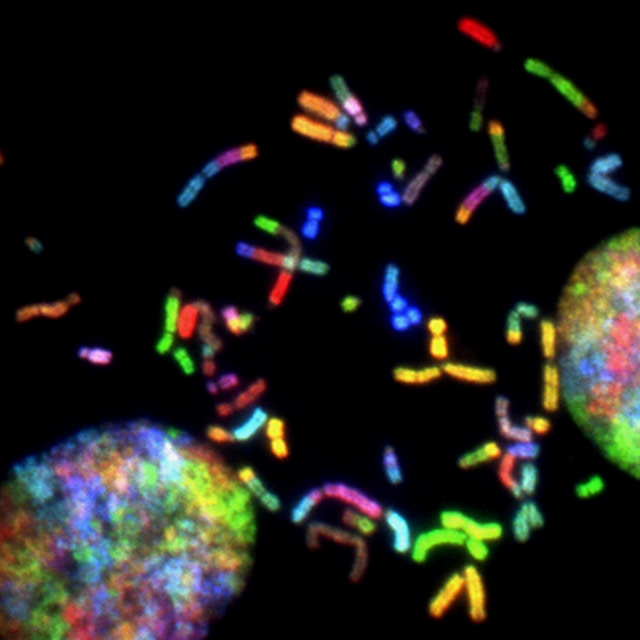Gastric cancer is one of the most challenging types of cancer to treat. In the US, more than 26,500 new cases of stomach cancer are diagnosed per year. The causes of stomach cancer, its symptoms and the relatively limited treatment options make it an extremely difficult disease to fight.
What Is Stomach Cancer?
Like most types of cancer, stomach cancer is the result of abnormal cell growth in one or more of the five areas of the stomach. The region of the stomach and how deep the tumor is in the stomach lining affects not only the stomach cancer symptoms experienced by the patient but also how treatable the case might be.
Left undiagnosed and untreated, stomach cancer can inhibit nutrient absorption, slow, or stop the production of digestive fluids and cause levels of pain that make eating nearly impossible.
Stomach Cancer Symptoms
Early signs of stomach cancer are easily confused with other less severe conditions, such as indigestion. The wide range and severity of early gastric cancer symptoms make early detection so difficult. The most common signs of stomach cancer are:
- Dysphagia, or difficulty swallowing
- Weight loss
- Indigestion
- Feeling full
- Abdominal pain
- Feeling bloated and/or burping frequently
Stomach cancer often takes month or years to develop or present symptoms severe enough to warrant testing. The average age of a patient receiving a diagnosis is around 68 years old, which means younger patients may not be properly examined for stomach cancer, even if they express the requisite symptoms.
The Most Common Types of Stomach Cancer
The depth of the tumor and its location within the stomach usually determine the course of treatment.
Adenocarcinoma – Between 90 and 95% of stomach cancers begin in the innermost layer of stomach cells, or mucosa layer.
- Intestinal adenocarcinoma has a better rate of treatment, especially when identified early.
- Diffuse adenocarcinoma grows much at than the intestinal variety and is considered harder to treat.
Other types of stomach cancer include:
- Neuroendocrine tumors
- Lymphomas
- Squamous cell carcinoma
How to Prevent Stomach Cancer
Maintaining a healthy diet is one of the best ways to prevent stomach cancer, accord to experts. Eating well and controlling your weight can lower your risk of stomach cancer. Make changes to lifestyle and dietary habits than can lower your stomach cancer risk, some of the most well-documented risk factors of stomach cancer are focused on smoking, the H. pylori bacteria and diet.
Smoking cessation – relative risk declines 0.4% in former smokes. Male smokers have a 60% increased risk of stomach cancer than the general population. Female smokers see a 20% increased reach.
Reduce exposure to H. pylori – An infection or exposure to the bacteria could increase the chance of developing stomach cancer.
Diet – While more research is needed, diet is believed to be an important determinant in cancer outcomes. Evidence suggests that elevated salt intake, ultra-processed foods and a lack of fresh vegetables and fruit could all play a role.
Related: Ultra processed Foods Linked to Excess Deaths
Other risk factors for stomach cancer include age, a history of stomach and esophageal polyps, family history and exposure to radiation.
Gastric Cancer Statistics and FAQs
How common is stomach cancer?
Stomach cancer is more common in men than women, affecting about 15,930 men and 10,570 women per year.
Is stomach cancer rare?
Gastric cancer comprises about 1.5% of the total number of new cancer cancers in the US annually.
What’s the stomach cancer survival rate?
Across all types of stomach cancer, the survival rate is 35.7%. Localized cancer survival rate is over 75% at five years, while regional and Stage 2 cancer types a more alarming prognosis or roughly 35%.
Support the Less Cancer Mission
The number of new gastric cancer diagnoses has declined by an average of 1.5% per year for the past decade. Let’s keep the momentum going. When you support Less Cancer, you prioritize cancer prevention programming and resources across the US, saving lives and reducing the number of families dealing with the strain and stress of a diagnoses. Support our work today.


Leave A Comment
You must be logged in to post a comment.